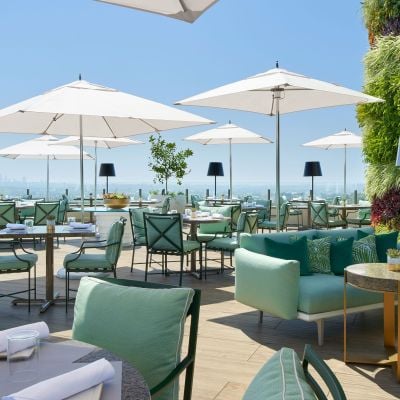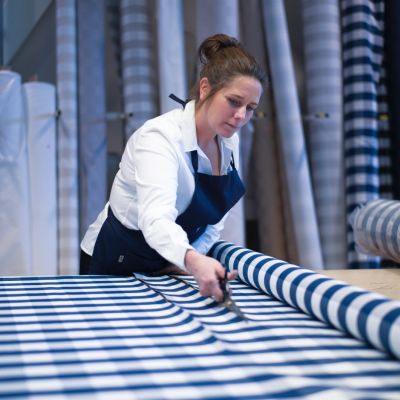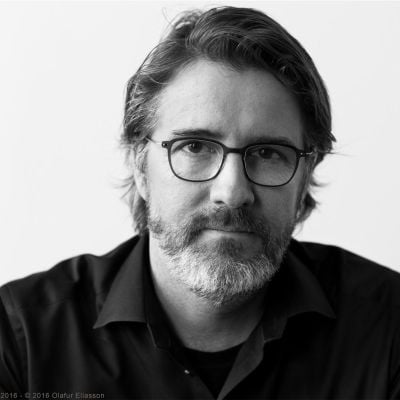A Car For The Age Of Understatement
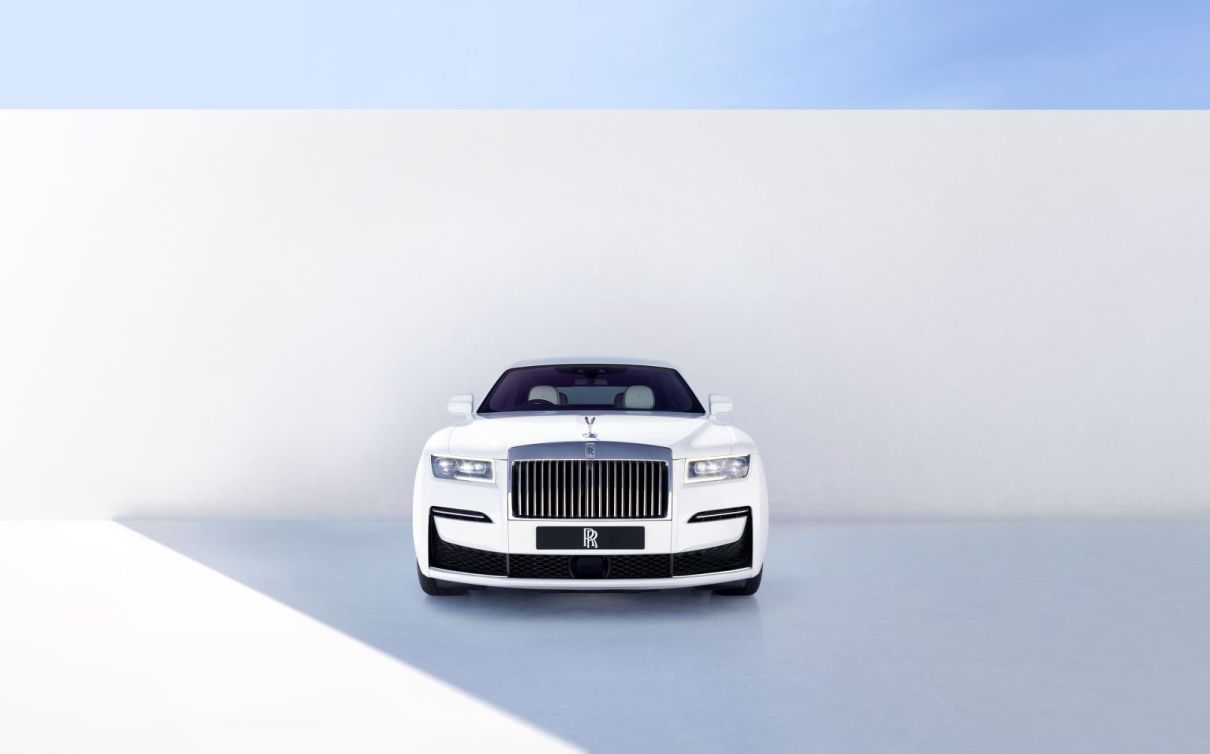
Rolls-Royce's new Ghost is the most aesthetically minimalist vehicle yet from the British luxury brand, yet also the most technically advanced.
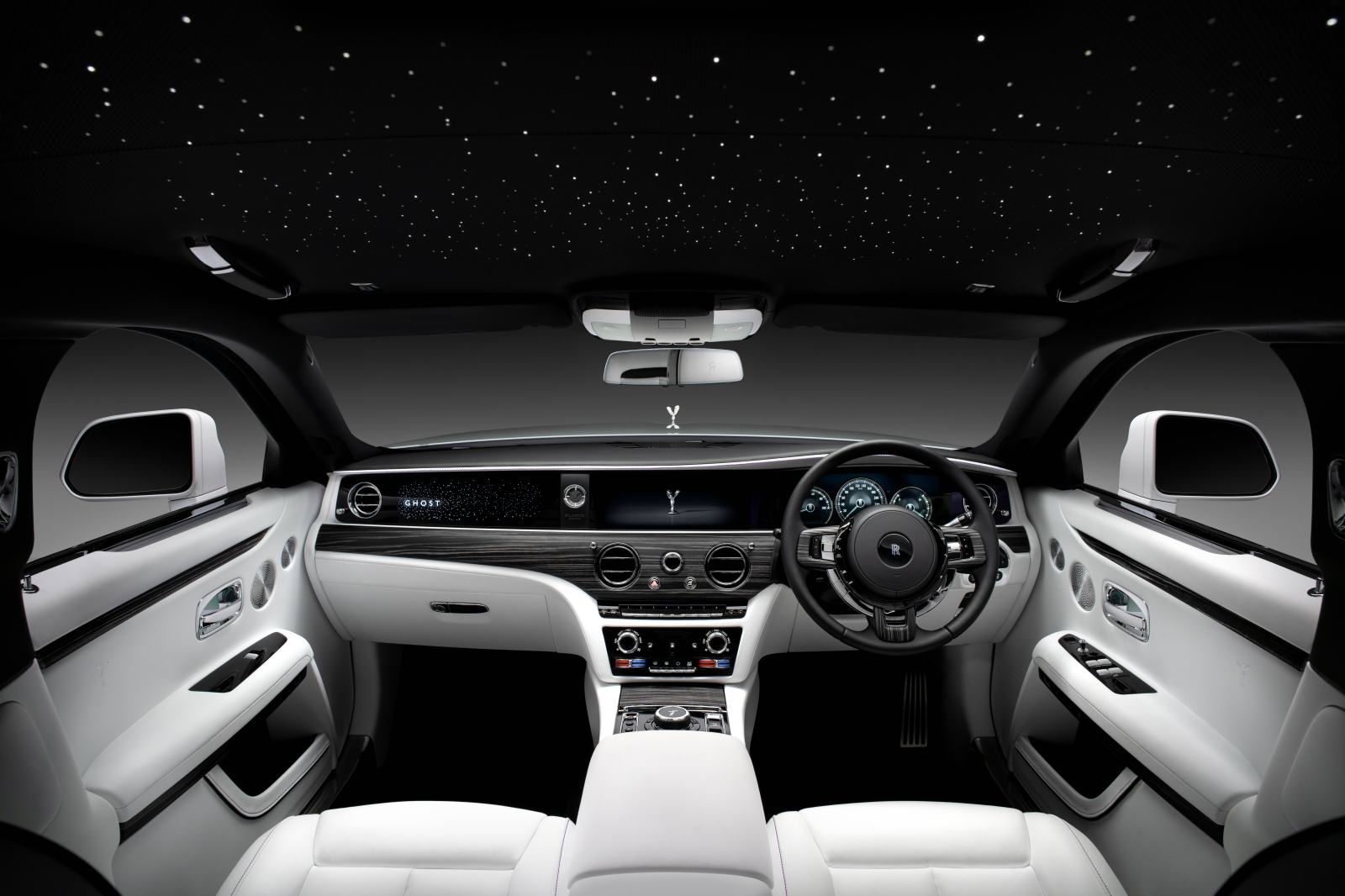
"It was our clients that came up with the term, 'Post-Opulent'," reflects Andi McCann, Rolls-Royce's head driving instructor, as we glide through the dappled Hampshire countryside in a box-fresh Rolls-Royce new Ghost.
And when I say 'glide', it really does feel like we are floating a few inches above the road, magic carpet-style, thanks to the car's camera-controlled Planar front suspension system, a world-first. During pauses in our conversation I appreciate the car's silence; as the quietest Rolls ever made, the new Ghost uses composite damping to reduce road noise, a polished air conditioning duct to reduce wind noise, and ports built into the boot to allow sound waves from the cavity to escape.
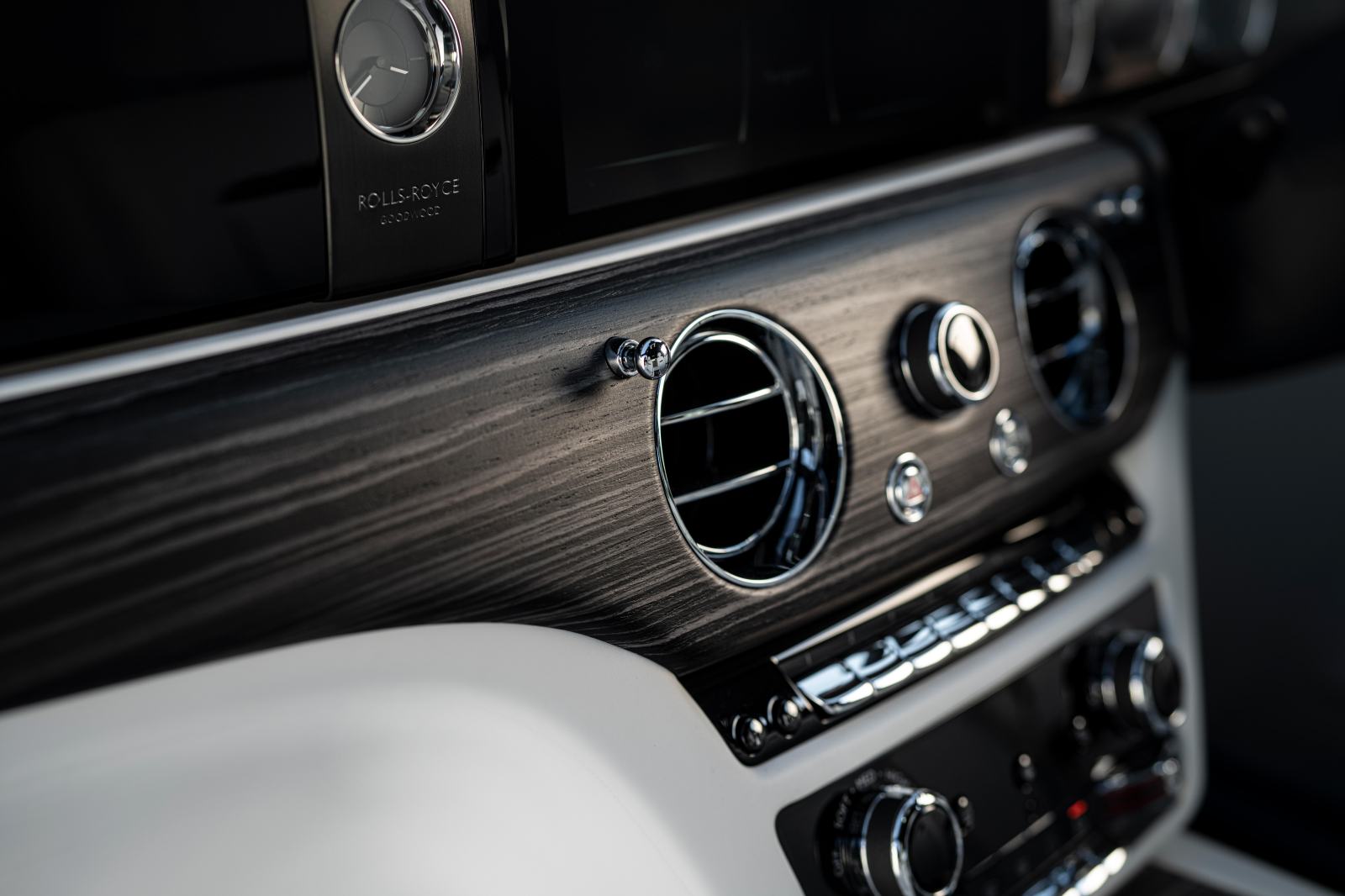
McCann is explaining how the luxury British car-maker approaches updates to its five models: Phantom, Ghost, Wraith, Dawn and Cullinan. Before it changes anything, it polls around 2,000 of its top clients for feedback, says McCann. The new Ghost, which I am test-driving today, is the result of six year's intensive research and design after pointers from its high-rolling clients, a roster of young, cool types including Beyonce, David Beckham, Floyd Mayweather and Justin Bieber.
"Our customers said; 'Don't mess around with our Ghost'," explains Richard Carter, the brand's global head of communications, over lunch at Rolls-Royce's headquarters in Goodwood, Sussex.
"They said, 'If anything, give us a car that is even more minimalist, more simple and restrained, pare back what little ostentation that there was in Ghost. Give us a car that is Post-Opulent. Don't come with lots of buttons and dials and choices, but there has to be a lot more on the technical side. Greater silence, enhanced suspension, more serenity."
"The only way we could decide where to go next was by going out and talking to our customers," adds Carter.
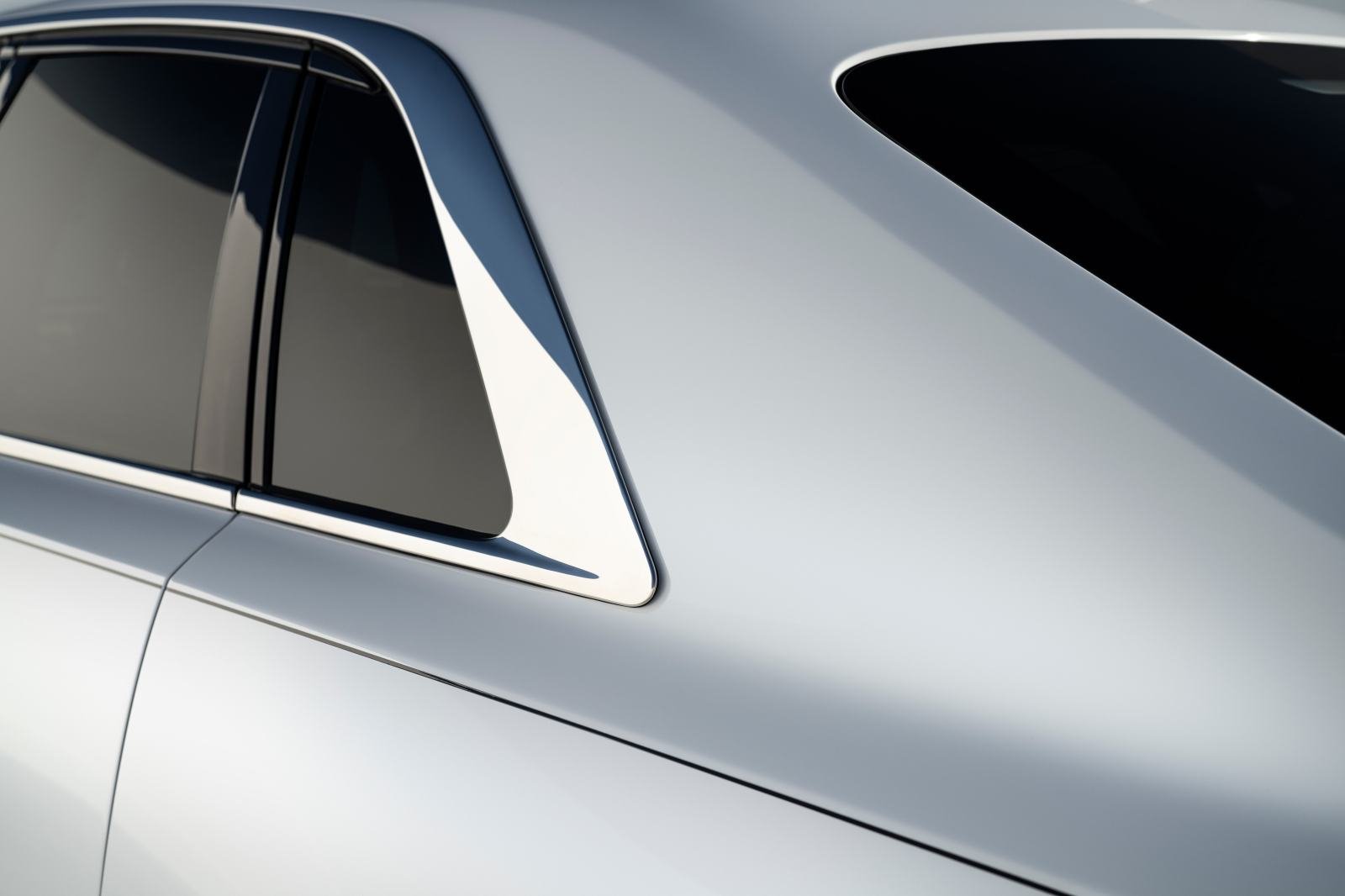
Clearly the approach is paying off. COVID-19 did impact Rolls-Royce Motor Cars this year with sales down by a quarter with workers staying at home throughout lockdown, and showrooms and dealerships shuttered. But CEO Torsten Müller-Ötvös said revenues are now returning to normal, particularly in Asia, Europe and US, as its loyal fans indulge in 'revenge spending' after periods of isolation. Carter added that Rolls-Royce Motor Cars had not had to make any redundancies, a relief as the UK car industry faces a torrid time, with rival McLaren cutting a quarter of its staff and Aston Martin Lagonda making 500 redundancies due to the pandemic.
Rolls-Royce has been supplying cars to the rich and famous since 1906, with one of the most well-known early Phantom owners being 1920's Hollywood star Fred Astaire. But after its acquisition by German manufacturer BMW in 2003, when it became Rolls-Royce Motor Cars, its path took a new turn.
"We are now more a new money brand, than old money," says McCann. Over the last seven years Rolls-Royce has become a darling of influencers, Youtubers and Instagrammers (Rolls-Royce Cars has amassed 7.6 million IG followers) showing off their beloved Rolls-Royces to audiences of millions. For example, Supercarblondie is a knowledgeable young car aficionado with millions of followers on Instagram who regularly posts about her Black Badge Wraith (which she bought herself, McCann assures me).
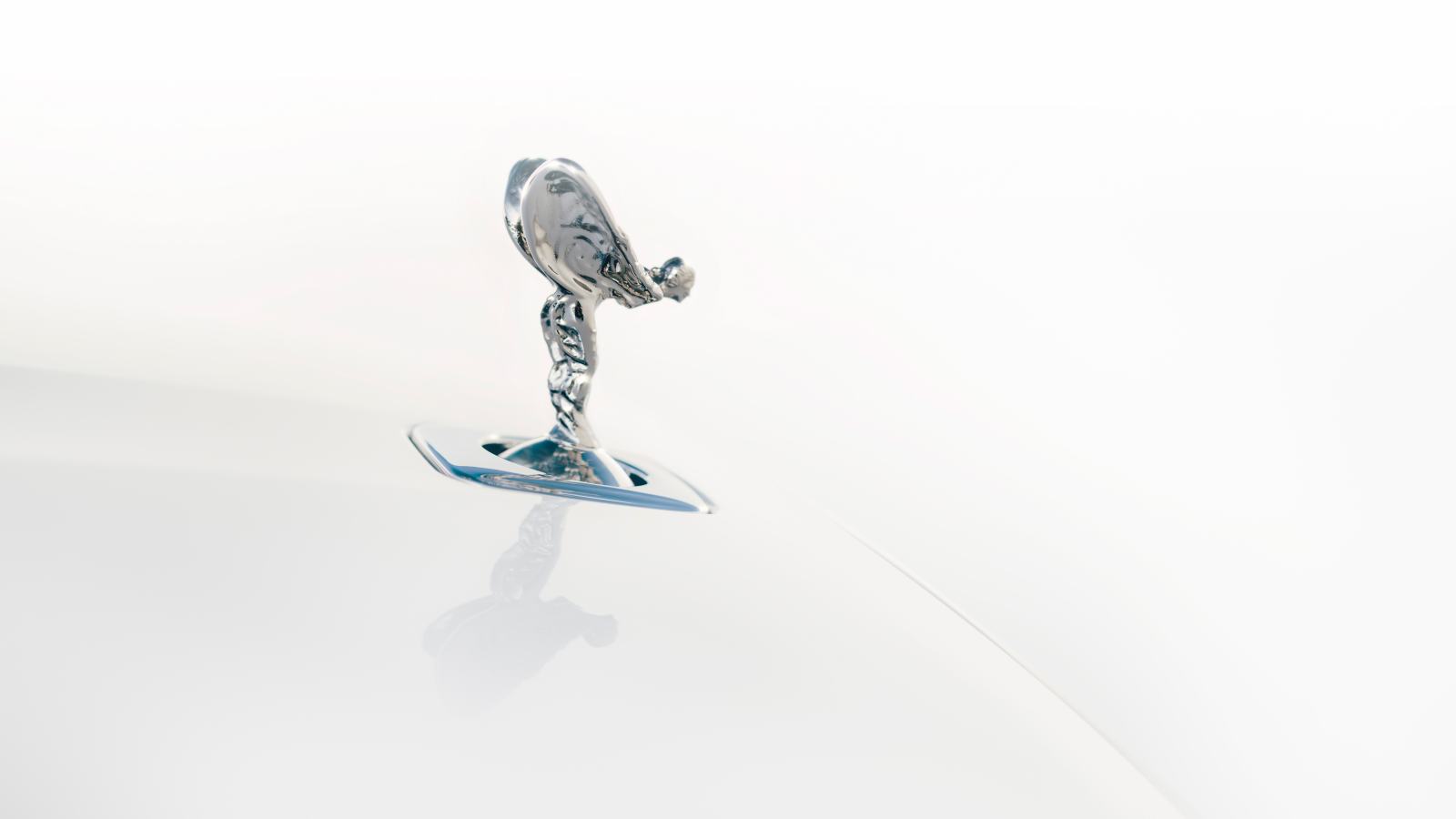
As younger people have more disposable income, the average age of a Rolls-Royce owner has dropped from around 60 at the beginning of the 21st Century, to 41 today. "Younger people don't want to be driving something that their parents might have driven, and they are increasingly rejecting superficial expressions of wealth" explains McCann. "They are luxury consumers but discretion is key."
The move towards authenticity of materials rather than overt statement - a preference for purity over opulence- is well-documented in other luxury industries from fashion to super yachting to food, points out Carter.
The resulting new Ghost has undergone a sort-of Apple-esque makeover. In the spirit of Post Opulent aesthetics, like the iPhone which has supposedly become simpler yet more powerful with each iteration, the new Ghost's aesthetics are subtler than ever.
Its metal grille is brushed back and less reflective, while the hand-welded aluminium body is one seamless canvas, uninterrupted by shut lines. In fact, the lack of shut lines presented a new challenge to the designers, what to do about raindrops when you open the door, which would normally run off the shut lines. So instead they created a metal gutter around the door, exactly the width of a raindrop, but no wider to minimise noise ("yes, we actually went out and measured the width of raindrops," says Henry Cloke, one of the self-confessed OCD designers at Rolls-Royce).
The engineering team brushed the back of the metal grille bars, making them less reflective, subduing the effect and perfecting the restrained 'glow'. For the first time, the Spirit of Ecstasy is not surrounded by panel lines but rather stands sits within her own ‘lake’ of bonnet. For the leather used to create the interiors, busy stitchwork has been replaced by one long and perfectly straight line, while the wood inside the car is open-pore rather than lacquered, a more natural aesthetic.
Equipped with a twin-turbo, 6.75 litre, 12-cylinder engine, the new Ghost may be one of the last Rolls-Royces to run off petrol. Earlier this year a British company called Lunaz fully-electrified a Phantom V by removing its engine and retrofitting it with an electric one. Now the next milestone for the Rolls-Royce team is the electrification of its fleet, which is expected to start within the next few years, says Carter.
When that happens, Rolls-Royce truly will be a carmaker for the post-opulent generation.



